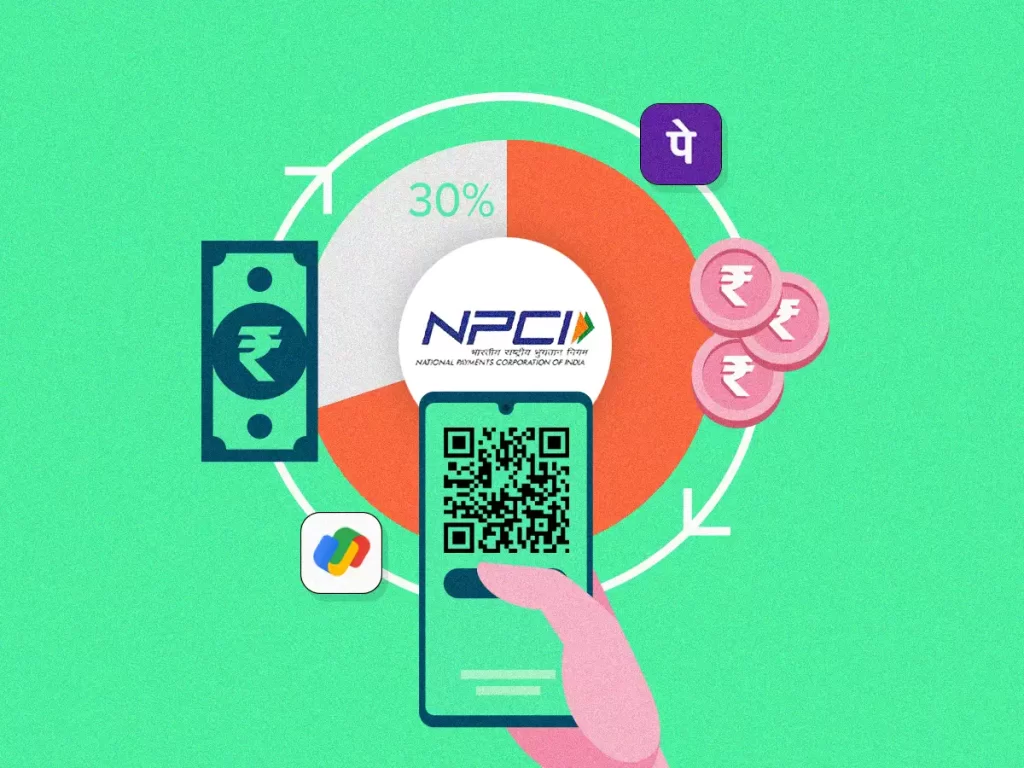In a landmark move, WhatsApp has received approval to expand its payment services to all users in India. The decision marks a pivotal shift in the digital payments landscape, where established players like Google Pay (GPay) and PhonePe currently dominate. With over 500 million users in India, WhatsApp’s integration into the Unified Payments Interface (UPI) ecosystem has the potential to disrupt the status quo.

Regulatory Approval: What Changed?
The National Payments Corporation of India (NPCI), which oversees the UPI system, recently lifted the cap on WhatsApp Payments. Initially restricted to just 40 million users in 2020, the limit was raised to 100 million in 2022. With the new approval, WhatsApp Payments can now be extended to its entire user base in India.
This policy change is part of a broader strategy by NPCI to foster competition and innovation within India’s digital payments ecosystem. Moreover, NPCI has postponed the implementation of a rule limiting any single app’s UPI market share to 30% until December 31, 2026. This extension provides WhatsApp with ample time to strengthen its foothold in the highly competitive market.
India: A Crucial Market for WhatsApp
India is WhatsApp’s largest market, accounting for a significant portion of its global user base. This development is a win for Meta, WhatsApp’s parent company, which views India as a linchpin in its global expansion strategy. The integration of payments into WhatsApp aligns with Meta’s ambitions to create a seamless ecosystem combining social interaction, commerce, and financial services.
UPI’s Dominance in India
India’s UPI platform is one of the fastest-growing digital payment ecosystems globally, processing over 13 billion transactions monthly. Dominated by Google Pay and PhonePe, which collectively control more than 85% of the market, UPI has become the backbone of India’s digital economy. WhatsApp’s entry into this space adds a new dimension to the competitive landscape.
WhatsApp’s Competitive Edge
WhatsApp Payments offers several unique advantages:
- Massive User Base: With over 500 million active users in India, WhatsApp has an unparalleled reach.
- Seamless Integration: Unlike standalone apps, WhatsApp Payments is integrated directly into the messaging platform, offering a frictionless user experience.
- Localized Approach: WhatsApp has introduced features like chat-based customer support and local language support to cater to diverse demographics.
- End-to-End Encryption: Leveraging WhatsApp’s robust security framework, payments are encrypted, ensuring privacy and safety.
These features position WhatsApp as a formidable challenger to existing players in the UPI ecosystem.
Challenges Ahead
Despite its advantages, WhatsApp Payments faces several challenges:
- Regulatory Scrutiny: As a foreign-owned entity, WhatsApp must comply with India’s stringent data localization and privacy laws.
- Consumer Trust: Google Pay and PhonePe have established strong brand loyalty. Convincing users to switch platforms will require sustained effort.
- Technical Barriers: Ensuring seamless interoperability with banks and other UPI participants is critical.
Meta’s Broader Vision
WhatsApp’s expansion aligns with Meta’s broader push into financial services and artificial intelligence (AI). Recently, Meta launched its generative AI tool, Meta AI, which has gained significant traction in India. By integrating AI and payment solutions, Meta aims to create a holistic digital ecosystem that caters to both consumers and businesses.
Implications for the Fintech Sector
The entry of WhatsApp into the payments market has far-reaching implications:
- Increased Competition: The presence of a new, well-resourced player is likely to drive innovation and better services.
- Market Expansion: WhatsApp’s reach could accelerate the adoption of digital payments in rural and semi-urban areas.
- Strategic Partnerships: Banks and financial institutions may seek partnerships with WhatsApp to leverage its vast user base.
How WhatsApp Compares with GPay and PhonePe
| Feature | WhatsApp Payments | Google Pay (GPay) | PhonePe |
|---|---|---|---|
| User Base | 500M+ (India) | 150M+ (India) | 190M+ (India) |
| Integration | Built into WhatsApp | Standalone App | Standalone App |
| Languages Supported | 11+ Indian Languages | 7+ Indian Languages | 12+ Indian Languages |
| Additional Features | Chat-based Payments | Rewards & Offers | Bill Splitting, Offers |
While GPay and PhonePe have an early-mover advantage, WhatsApp’s integration into its popular messaging app gives it a unique edge.
Future Outlook
The lifting of restrictions on WhatsApp Payments marks a new chapter in India’s fintech journey. By leveraging its vast user base and innovative features, WhatsApp has the potential to emerge as a key player in the UPI ecosystem. However, success will depend on its ability to navigate regulatory challenges and win the trust of Indian consumers.
FAQs
1. What is WhatsApp Payments? WhatsApp Payments is a UPI-based digital payment feature integrated into the WhatsApp messaging app, allowing users to send and receive money directly within chats.
2. How does WhatsApp Payments work? Users can link their bank accounts to WhatsApp Payments and initiate transactions via UPI. The feature uses WhatsApp’s secure platform for seamless money transfers.
3. Can WhatsApp compete with Google Pay and PhonePe? Yes, WhatsApp’s vast user base and seamless integration provide a competitive advantage. However, success will depend on user adoption and overcoming regulatory hurdles.
4. What regulatory changes enabled WhatsApp’s expansion? NPCI lifted the cap on WhatsApp Payments and deferred the 30% UPI transaction share rule until 2026, allowing WhatsApp to scale its operations.
5. Why is India important for WhatsApp’s global strategy? India is WhatsApp’s largest market, with over 500 million users. The country’s rapidly growing digital economy and UPI adoption make it a key focus for Meta’s expansion plans.




